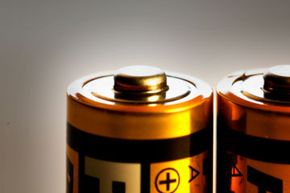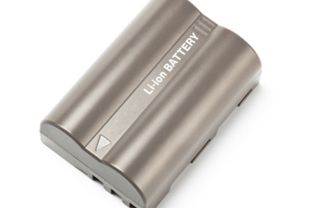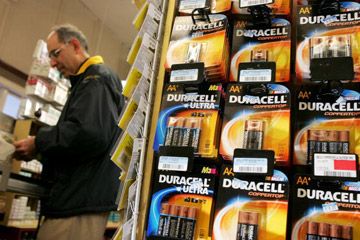Imagine a world where everything that used electricity had to be plugged in. Flashlights, hearing aids, cell phones and other portable devices would be tethered to electrical outlets, rendering them awkward and cumbersome. Cars couldn't be started with the simple turn of a key; a strenuous cranking would be required to get the pistons moving. Wires would be strung everywhere, creating a safety hazard and an unsightly mess. Thankfully, batteries provide us with a mobile source of power that makes many modern conveniences possible.
While there are many different types of batteries, the basic concept by which they function remains the same. When a device is connected to a battery, a reaction occurs that produces electrical energy. This is known as an electrochemical reaction. Italian physicist Count Alessandro Volta first discovered this process in 1799 when he created a simple battery from metal plates and brine-soaked cardboard or paper. Since then, scientists have greatly improved upon Volta's original design to create batteries made from a variety of materials that come in a multitude of sizes.
Advertisement
Today, batteries are all around us. They power our wristwatches for months at a time. They keep our alarm clocks and telephones working, even if the electricity goes out. They run our smoke detectors, electric razors, power drills, mp3 players, thermostats -- and the list goes on. If you're reading this article on your laptop or smartphone, you may even be using batteries right now! However, because these portable power packs are so prevalent, it's very easy to take them for granted. This article will give you a greater appreciation for batteries by exploring their history, as well as the basic parts, reactions and processes that make them work. So cut that cord and click through our informative guide to charge up your knowledge of batteries.


